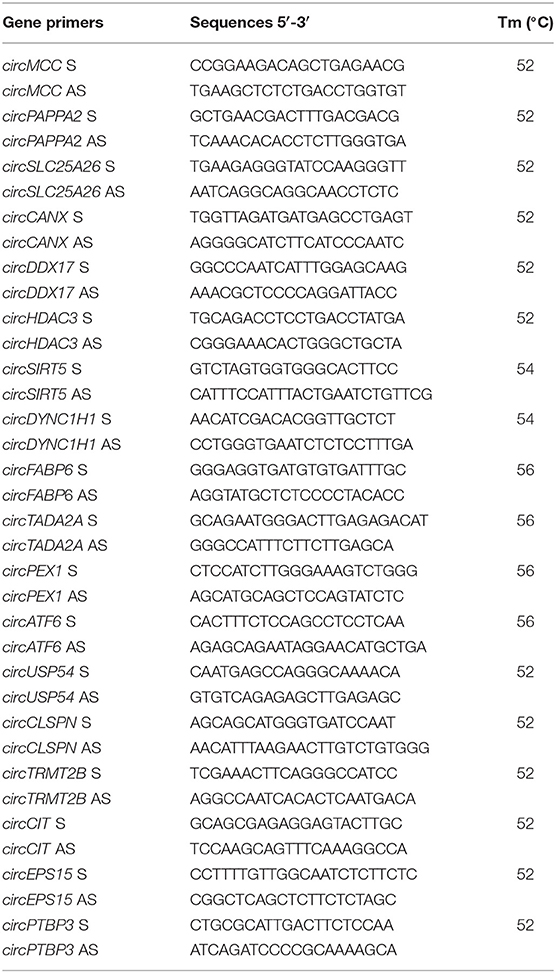

BridgeDb has already been integrated into several bioinformatics applications. However, the framework is intended for customization and adaptation to any identifier mapping service. BridgeDb provides its own ready-to-go mapping services, both in webservice and local database forms. Mapping services can be combined or merged to support multi-omics experiments or to integrate custom microarray annotations. This approach makes it easier for tool developers to support identifier mapping. This framework provides a standardized interface layer through which bioinformatics tools can be connected to different identifier mapping services.
#Cytoscape networks with bisogenet software#
Results Here we present BridgeDb, a software framework for gene, protein and metabolite identifier mapping. This approach requires an interface layer between tools and mapping services. Tools can be made to flexibly support multiple mapping services or mapping services could be combined to get broader coverage. This creates an opportunity for bioinformatics tool developers. Many complementary solutions are available for the identifier mapping problem. In addition, our bioinformatics analysis suggests that the neoplastic phenotype is governed by a non-canonical regulatory pathway. Conclusions Our findings show that there is a "central core of cervical cancer" protein expression pattern, and suggest that 14-3-3ζ is key to determine if the cell proliferates or dies. In silico overrepresentation analysis of transcription factors pointed to the overexpression of c-Myc, Max and E2F1 as key transcription factors involved in orchestrating the neoplastic phenotype.

Starting from this core set of proteins, we acquired a PPI network that pointed, through topological analysis, to some proteins that may well be playing a central role in the neoplastic process, such as 14-3-3ζ. We call this group of proteins, the "central core of cervical cancer". We analyzed by means of 2D SDS-PAGE and MALDI-TOF mass spectrometry the protein extracts of six cervical cancer cell lines, from which we identified a consensus of 66 proteins. Our objectives were to identify common cellular events participating in cancer maintenance, as well as the establishment of a pipeline to work with proteomic-derived results. Results With this study, we sought to achieve a systemic perspective of the common proteomic profile of six cervical cancer cell lines, both positive and negative for HPV, and which differ from the profile corresponding to the non-tumourgenic cell line, HaCaT. In this contextual scheme, a systemic description that enables the identification of the common events between cell lines of different origins, is required to distinguish the essence of carcinogenesis. With the purpose of characterizing the effects of malignant transformation in cellular activity, proteomic studies constitute a reliable way to monitor the biological alterations induced by this disease. This neoplastic is an excellent model for studying the mechanisms involved in cancer maintenance, because the Human Papilloma Virus (HPV) is the etiology factor in most cases. Background Cervical cancer is a major mortality factor in the female population.


 0 kommentar(er)
0 kommentar(er)
